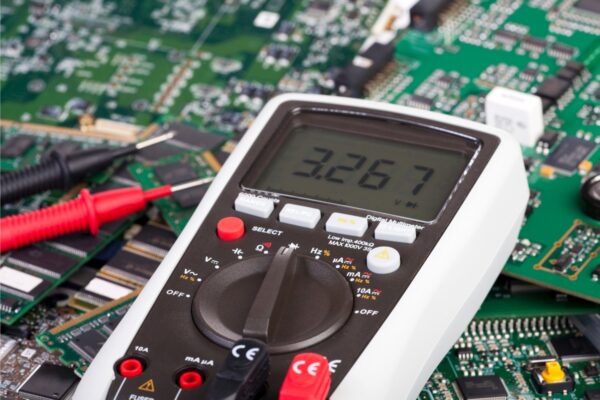What is ESD Sensitivity
ESD sensitivity is the vulnerability of electronic components or devices to damage caused by Electrostatic Discharge (ESD). It is a measure of how easily an electronic component can be affected or impaired by static electricity. ESD occurs when there is a sudden flow of electricity between two objects with different electrical potentials, such as a human body and an electronic component.
ESD sensitivity is a critical consideration in the PCB industry due to the potential harm it can cause to electronic components and devices. ESD can occur when humans come into contact with sensitive devices, as the human body and certain clothing materials can accumulate static electricity. This static charge can range from 500 to 2,500 volts, which is significantly higher than the threshold that can cause damage to electronic components.
ESD can also occur without physical contact between the charged object and the PCB assembly. For instance, using ungrounded electrical equipment, placing synthetic materials near electronic circuitry, or creating rapid air movement near electronic assemblies can lead to the accumulation of static charge and trigger an ESD event.
To mitigate the risk of ESD damage, various precautions can be taken. PCB manufacturers and assemblers need to be aware of the ESD Sensitivity of the components they are working with and implement appropriate measures during manufacturing, handling, and troubleshooting processes. This can include incorporating ESD protection devices, using ESD-safe workstations and tools, wearing ESD-safe clothing, and implementing proper grounding techniques.





